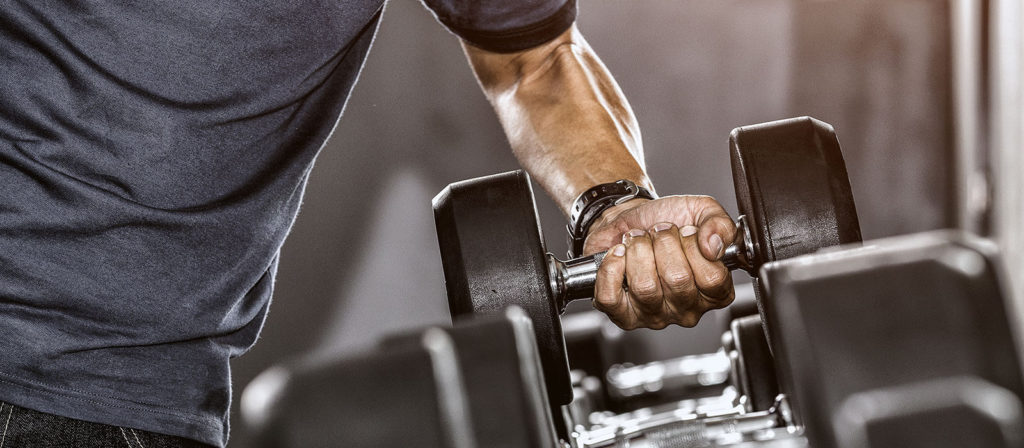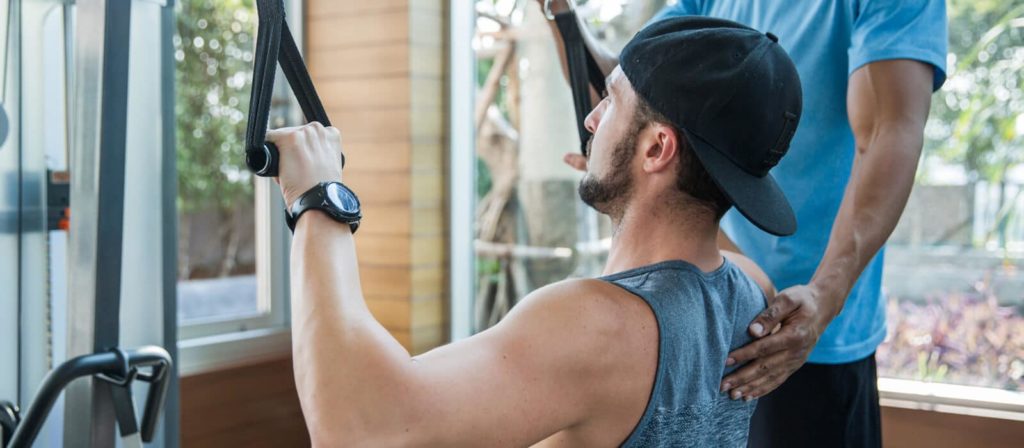Carbs aren’t exactly an essential macronutrient — your body can function fine without them. But when used correctly, carbs can play a role in helping you meet your fitness goals. For instance, carbs replenish the glycogen that your body needs to store and use energy. They also promote serotonin release in the brain, which is essential for recovering from exercise but isn’t easily achieved with long-term carb restriction.
It’s all about timing. Eating the right carbs at the right time helps improve your body’s metabolic flexibility, or the ability to burn both glucose and fat as energy. When you fuel your body with carbohydrates, your body will burn the glucose from them. When you eat fat without any carbs, your body will burn the fat instead.
When your body breaks down carbs, it also releases insulin to prompt your cells to absorb the sugar. Eating too many carbs causes excess insulin production, which can lead to insulin resistance. If you keep your carb intake to a limited window, you can more easily ensure your body remains insulin-sensitive and generally healthy.
The Insulin Issue
If you’re insulin-resistant, your body’s receptors need more insulin to burn the carbs you ingest. Higher circulating levels of insulin have been linked to myriad health issues, such as premature aging, obesity, and inflammatory age-related diseases. It also increases your risks of cognitive issues, including dementia and Alzheimer’s disease.
The best way to increase your insulin sensitivity is to improve your body composition through regular exercise, specifically strength training, circuit training, and interval cardio. But physical activity, combined with getting enough sleep, can reportedly help improve glucose levels and lower insulin resistance.
An ideal body composition would mean body fat below 12 percent for men and below 18 percent for women. If yours is more than this, reducing carbs might also increase your insulin sensitivity. You can confirm this through specific blood tests, including fasting glucose, hemoglobin, A1C, and two-hour insulin glucose challenge tests.
The optimal way to use carbohydrates is to determine how many grams per day you need according to your body’s composition and then create a list of clean carbs that you enjoy. Most importantly, time them within four hours after you exercise, when your body needs them most.
Consuming Carbs the Right Way
Most people striving for better health and fitness know that controlling their carb intake is important to reaching their goals. The mistake they often make, however, is not considering how carbs can be beneficial if used properly. Follow these steps to avoid that mistake and optimize your body’s use of clean carbs:
1. Pick the carbs you need.
Unless you train intensely, your carbs should account for less than 30 percent of your total calories. Only very lean individuals and athletes can get away with eating high-glycemic carbs, such as white rice, white or yellow potatoes, and high-glycemic fruits on an everyday basis. Everyone else should focus on only eating carbs without the fructose and excess sugar. The best sources are those with plenty of fiber, like vegetables, beans, ancient grains, and low-fructose fruits.
2. Seriously, skip the fructose.
Epidemic levels of obesity and Type 2 diabetes are due in large part to high intakes of fructose. It substantially increases your insulin resistance, fat around your organs (particularly the liver), and overall body fat faster than other types of carbs. The phenomenon of obesity and diabetes occurring together so frequently is known as metabolic syndrome, and fructose-induced insulin resistance is one of the strongest connections between the two.
3. Eat most of your carbs post-workout.
With clean carbohydrates playing such a vital role in your body’s energy usage, it makes sense that your body is more receptive to them after expending energy through exercise. This receptiveness includes a higher sensitivity to insulin, which is highest for one to four hours after your workout. This is the perfect window to add some carbs that fit your needs. Outside of this window, you’ll do better by sticking to complete proteins and healthy fats.
4. Put 12 hours between your last and first meal.
Besides breaking down nutrients, your body also needs time for other things, like healing. Fasting intermittently gives your body the time it needs to do these things, which collectively help lower your insulin resistance. For instance, if you eat dinner at 7 p.m., don’t eat again until 7 a.m. Your body can spend the time repairing cells, improving its metabolic flexibility, resting, and replacing damaged mitochondria.
As I mentioned, carbohydrates aren’t technically necessary, but that doesn’t make them inherently bad. They are a type of fuel that can help you reach your health and fitness goals faster — if you use the right kinds of carbs at the right time.









